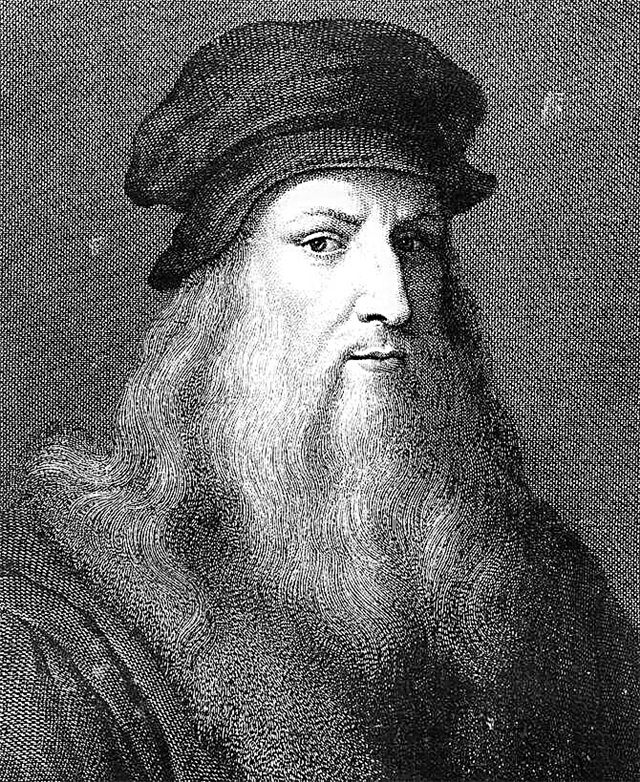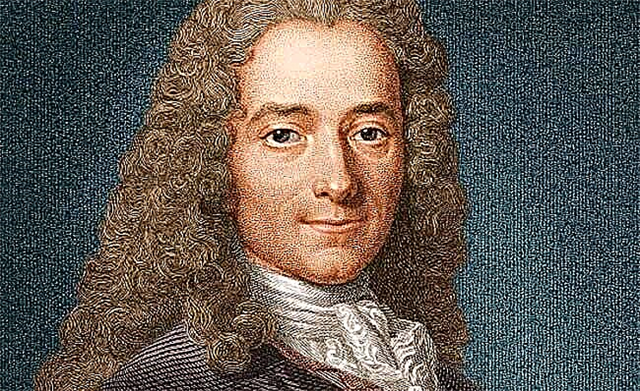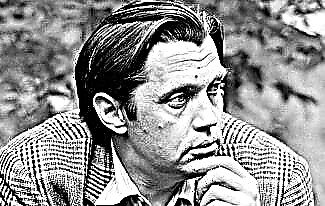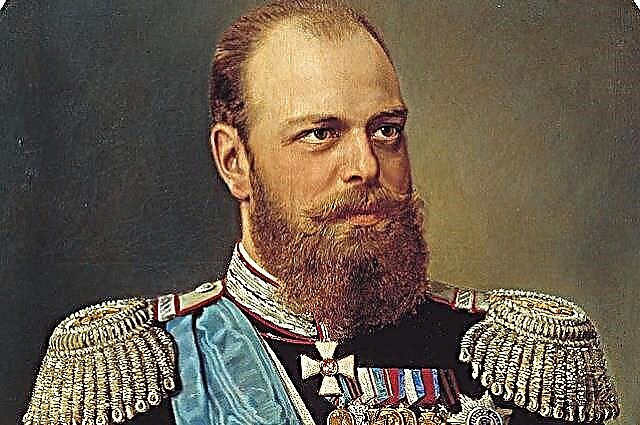David Gilbert (1862-1943) - German universal mathematician, made a significant contribution to the development of many areas of mathematics.
Member of various academies of sciences, and laureate of the. N.I. Lobachevsky. He was one of the foremost mathematicians among his contemporaries.

Hilbert is the author of the first complete axiomatics of Euclidean geometry and the theory of Hilbert spaces. He made tremendous contributions to invariant theory, general algebra, mathematical physics, integral equations, and the foundations of mathematics.
There are many interesting facts in the biography of Gilbert, which we will talk about in this article.
So, before you is a short biography of David Hilbert.
Biography of Gilbert
David Hilbert was born on January 23, 1862 in the Prussian city of Konigsberg. He grew up in the family of Judge Otto Gilbert and his wife Maria Teresa.
Besides him, David's parents had a girl named Eliza.
Childhood and youth
Even as a child, Gilbert had a tendency towards exact sciences. In 1880 he successfully graduated from the gymnasium, after which he became a student at the University of Königsberg.
At the university, David met Hermann Minkowski and Adolf Hurwitz, with whom he spent a lot of free time.
The guys raised various important questions related to mathematics, trying to find answers to them. They often took so-called "mathematical walks", during which they continued to discuss topics of interest to them.
An interesting fact is that in the future Hilbert will, by order, encourage his students to take such walks.
Scientific activity
At the age of 23, David was able to defend his dissertation on the theory of invariants, and only a year later he became a professor of mathematics in Konigsberg.
The guy approached teaching with all responsibility. He strove to explain the material to the students as well as possible, as a result of which he gained a reputation as an excellent teacher.
In 1888, Hilbert succeeded in solving the "Gordan problem" and also in proving the existence of a basis for any system of invariants. Thanks to this, he gained a certain popularity among European mathematicians.

When David was about 33 years old, he got a job at the University of Göttingen, where he worked almost until his death.
Soon the scientist published the monograph "Report on Numbers", and then "Foundations of Geometry", which were recognized in the scientific world.
In 1900, at one of the international congresses, Hilbert presented his famous list of 23 unsolved problems. These problems will be vividly discussed by mathematicians throughout the 20th century.
The man often entered into discussions with various intuitionists, including Henri Poincaré. He argued that any mathematical problem has a solution, as a result of which he proposed to axiomatize physics.
Since 1902, Hilbert was entrusted with the position of editor-in-chief of the most authoritative mathematical publication "Mathematische Annalen".
A few years later, David introduces a concept that becomes known as the Hilbert space, which generalized Euclidean space to the infinite-dimensional case. This idea was successful not only in mathematics, but also in other exact sciences.
With the outbreak of World War I (1914-1918), Hilbert criticized the actions of the German army. He did not retreat from his position until the end of the war, for which he gained respect from his colleagues around the world.
The German scientist continued to work actively, publishing new works. As a result, the University of Göttingen became one of the world's largest centers of mathematics.
By the time of his biography, David Hilbert deduced the theory of invariants, the theory of algebraic numbers, the Dirichlet principle, developed the Galois theory, and also solved the Waring problem in number theory.

In the 1920s, Hilbert became interested in mathematical logic, developing a clear logical proof theory. However, he later admits that his theory needed serious work.
David was of the opinion that mathematics needed complete formalization. At the same time, he was opposed to attempts by intuitionists to impose restrictions on mathematical creativity (for example, to prohibit set theory or the axiom of choice).
Such statements by the German caused a violent reaction in the scientific community. Many of his colleagues were critical of his theory of evidence, calling it pseudoscientific.
In physics, Hilbert was a supporter of the strict axiomatic approach. One of his most fundamental ideas in physics is considered to be the derivation of field equations.
An interesting fact is that these equations were also of interest to Albert Einstein, as a result of which both scientists were in active correspondence. In particular, in many issues, Hilbert had a great influence on Einstein, who in the future will formulate his famous theory of relativity.
Personal life
When David was 30 years old, he took Kete Erosh as his wife. In this marriage, the only son, Franz, was born, who suffered from an undiagnosed mental illness.
Franz's low intelligence worried Hilbert very much, as did his wife.
In his youth, the scientist was a member of the Calvinist church, but later became an agnostic.
Last years and death
When Hitler came to power, he and his henchmen began to get rid of the Jews. For this reason, many teachers and scholars with Jewish roots were forced to flee abroad.
Once Bernhard Rust, the Nazi Minister of Education, asked Hilbert: "How is mathematics in Göttingen now, after she got rid of Jewish influence?" Hilbert sadly replied: “Mathematics in Göttingen? She is no more. "
David Hilbert died on February 14, 1943 at the height of World War II (1939-1945). No more than a dozen people came to see the great scientist on his last journey.
On the gravestone of the mathematician was his favorite expression: “We must know. We will know. "
Gilbert Photo













